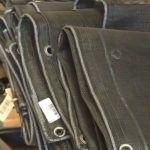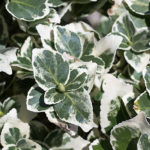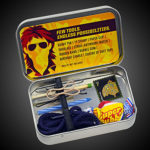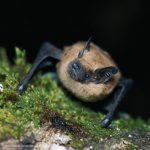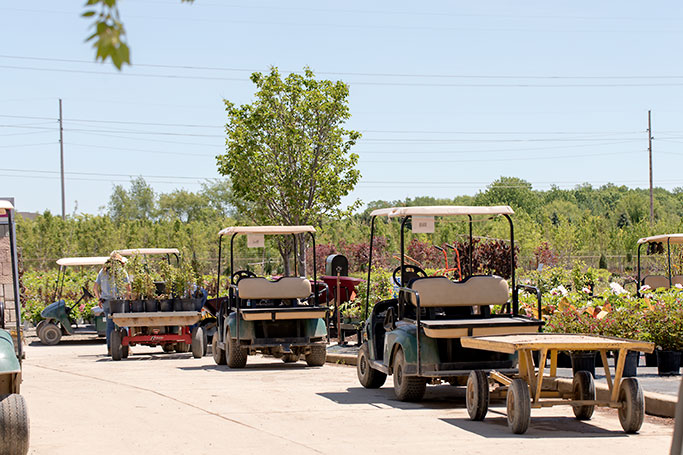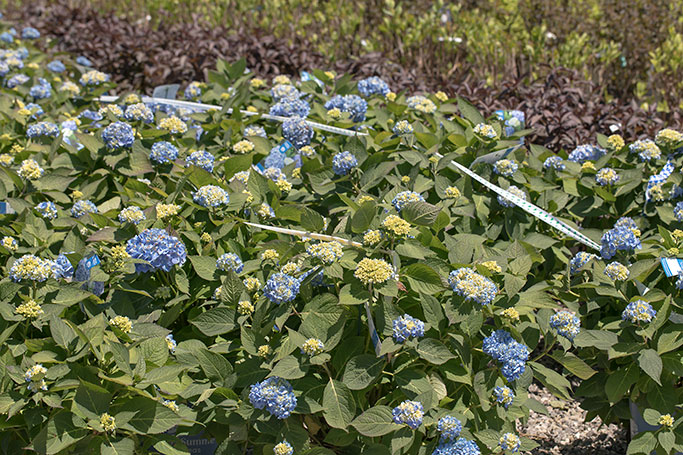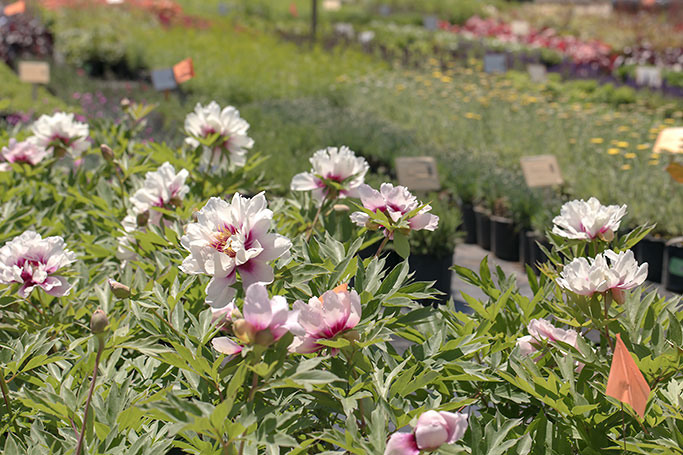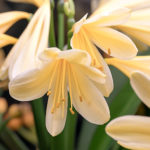I’m fairly active on LinkedIn with my Design/Build network of landscape contractors, landscape architects and developers. I’m always asking, "Hey, are you on LinkedIn so I can learn about your company?" A lot of the larger companies with marketing departments are there, but many of my landscape contractors say, “I don’t have the time” or “I tried it, and it didn’t work.” There are a few tricks to it, but it can be a very effective tool in your marketing toolbox if used correctly.

First, your current customers want to see you on there. Everyone likes to roll with a winner, and by putting your company out there is a great way to separate from your competition. New potential customers, ready to buy, are on there and are socially engaged enough to be looking for you on the platform. If you get referred by someone, social media will be the first place they will go to get a feel for your service. The point is: find your audience, present your company and raise brand awareness to all the new opportunities and customers that want to hear your story.

If there is one word that comes to mind with social media it’s consistency. Be consistent with your timing, your format, logo, colors, all of that, even your tone. When you develop a consistent look, it allows you to tell your story. Everyone wants to know your story. Stories have beginnings, middles and endings. So do landscape projects. Spring clean-ups with before and after pictures tell a customer what to expect if they hire your company, way more than a quote, card and brochure could ever do. A hardscape installation, patio, wall or outdoor kitchen has a story. The story is best told with pictures and the transformation that allows your customers to dream about their landscape project, and they begin to see you as the landscaper that can make it a reality.

So start slow, find your voice, and be consistent with your logo, banners and company colors. Your customers and potential customers will begin to engage with you, ask questions, and make comments that will ultimately lead to new business. Social media needs to be a priority. The consistency will come when the social media post becomes the priority. Mark it on the calendar, make it a priority, and get it done. If you can’t do it consistently, then delegate it to someone who will. Develop your style, your look, your message and you will be successful. Be authentic, no templates - talk about your people, new equipment, milestones you are reaching, almost anything, if it’s authentic about your company and tells a story you will be followed and appreciated.

Many of the companies I follow have an editorial calendar that they will lay out like a marketing calendar for the season. Try to get your whole team involved. Most employees have the ability to take pictures, and with some before and after commentary that can lead to a strong post with many views and comments. Some companies highlight individual personalities, some highlight after-hour or weekend company gatherings, safety - the possibilities are there for everyone to get to know you and your people.
Be consistent so whatever platform you select your style and posts will be recognizable. Be authentic and have fun with your posts - it won’t be a chore, and your following will look forward to your next post. When done correctly, social media will attract repeat customers and potential customers to your sales funnel and make the rest of the sales process more efficient. Have fun, tell your story and create brand awareness for your company.
